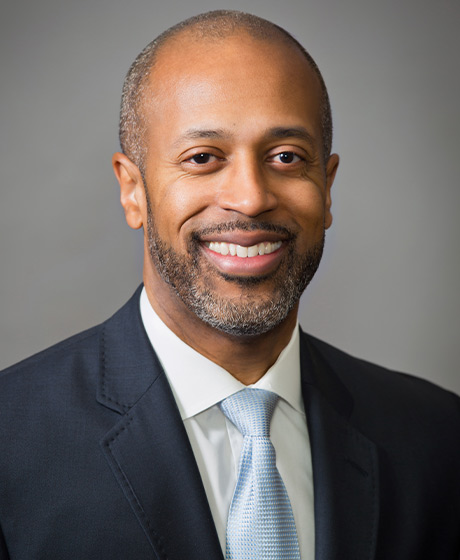
by Vernon M. Billy
he ancient philosopher Theophrastus was a pupil of Aristotle’s and succeeded his mentor as leader of the Lyceum, the academy Aristotle founded in Athens. In addition to his work as a philosopher, Theophrastus was also a botanist, a biologist and a physicist. Theophrastus made the most of the time available to him and is famous for stating, “Time is the most valuable thing a man can spend.”

I agree wholeheartedly with this assessment. So, as educators, we must consider not only how we are spending our own time, but how that impacts the beneficiaries of our professional endeavors, California students.
Where do the children of this state spend most of their time, and the overwhelming share of their waking hours? In school. The average American spends 13 years in school, or about 16 percent of their lifespan. That’s a substantial amount of time and it’s far too valuable to spend ineffectively. So, as the stewards of public schools, how are we making the most of it? What long-term trends can we identify to improve our practice, and will we take the time to implement new solutions in a way that makes sense for our local circumstances? No one knows the local community better than those who work, live and go to school there every day — so no one has more responsibility for continuous improvement that makes a tangible difference for our students.
Yet, for as long as we’ve been collecting educational data, we’ve been struggling with opportunity and achievement gaps. For this entire period, we’ve heard people say that it takes time to close gaps. Does that mean 50 years, 100 years, 150 years? How much time is enough time when each day that we fall short of providing a high-quality education costs the students who are shortchanged as well as our society in terms of lost potential?
This is a pressing question for every school board member, but especially for new trustees, of which there are many. In each of the last three election years, approximately 20 percent of all trustees statewide were elected to their first-ever term, meaning almost two-thirds of current CSBA members have served on a school board for less than six years. In addition, less than 20 percent of CSBA membership served on a school or county board during the Great Recession, when state funding for education declined by almost 20 percent and schools were forced to layoff staff and cut programs and services.
While new members have enjoyed an uncharacteristically generous education budget overs the past few years, an uncertain economic climate means new fiscal challenges are in the forecast as evidenced by Gov. Gavin Newsom’s January Budget Proposal. Every decision about how to allocate funds is aligned with a desired outcome, an actual impact on student performance, and more likely than not, an unintended consequence that may raise the stakes even higher. This is particularly true as new trustees address the impact of the pandemic, longstanding issues related to opportunity and achievement, and evaluate new technological developments like Chat GPT, which have the potential to reconfigure the education landscape.

Schools in the West region, which includes California, had the smallest decline in reading, falling by a single point. Math scores fell by a more significant margin of five points, but even that substantial drop was less than all other regions. Yet, even this silver lining is dimmed by the fact that the West started with the lowest scores.
The steepest decline of all was seen among African American students on the math portion of the test, a 13-point decrease, about three times that of white students. It’s important to note that deep disparities weren’t limited to African American students, but to groups of students without some of the advantages that many families take for granted. Seventy percent of students who took the NAEP did so while in remote learning. Students who scored well despite remote learning reported greater access to learning devices, quiet spaces to work, and a teacher available to help them with reading or math on a daily basis.
Much of the fallout in the latest NAEP numbers can be attributed to the havoc caused by the pandemic.
This context is important, and we can’t let people forget that as we’re on the road to recovery. There’s an expression that “hard times don’t develop character, they reveal it.” In that same vein, the pandemic didn’t create inequity, it just pulled back the curtain on and exacerbated longstanding issues. Most of the problems we’re confronting today have been with us for generations, and kids only get to go through school once. We must treat their academic prospects with the same urgency as we confronted COVID-19, because once you’ve lost time, you can never get it back.
Governance teams throughout California have made smart investments to shepherd school districts through a time of crisis and build a more hopeful future for their students. Now, we need to bring these efforts to scale so they can benefit all students. There are many inspiring examples of local educational agencies that have demonstrated the appropriate urgency and invested wisely in their schools, their students, their staff and their communities. It’s important that we elevate these districts and COEs so they reinforce both the promise, as well as the present-day value, of public schools — and provide a model for other LEAs to replicate.
While there is never enough time to do everything, there is always enough time for educators to do the thing that will most help students. There is always a time for school board members to make tough decisions that may be unpopular in the moment but stand the test of time and position students for success.
